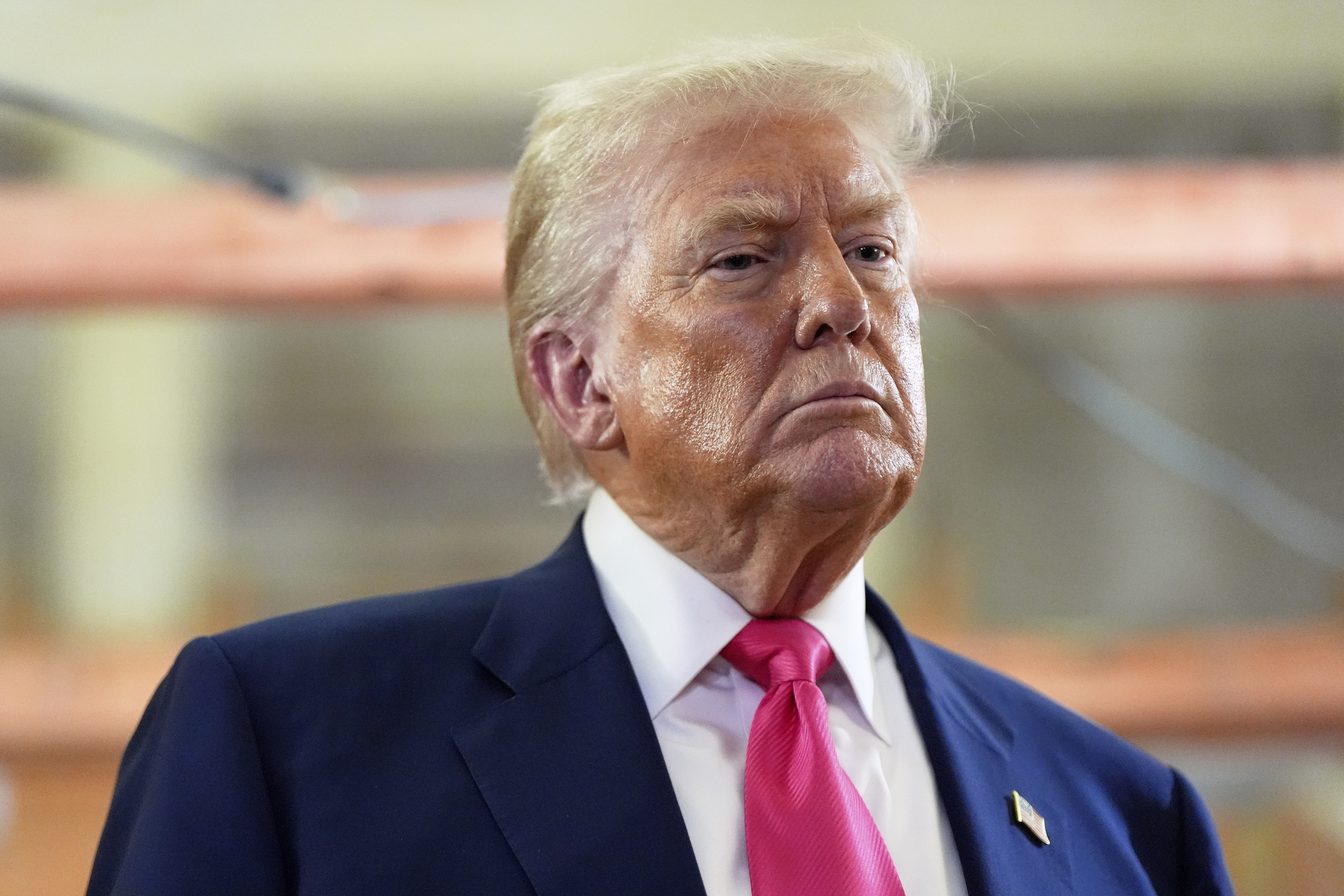In a push for lower borrowing costs and reduced national debt interest, US President Donald Trump has repeatedly urged the Federal Reserve (Fed) to cut interest rates to 1%. The Fed's current short-term benchmark rate stands at 4.3%. However, a 3 percentage point reduction lacks support from any Fed officials.
The Fed makes its benchmark interest rate decisions through the Federal Open Market Committee (FOMC). This committee consists of 19 members, but only 12 vote in each round: the 7 governors of the Fed's Board of Governors, the president of the Federal Reserve Bank of New York, and 4 rotating presidents of other regional Federal Reserve Banks.
Most economists and Wall Street investors emphasize the independence of the FOMC, or in other words, the Fed. They worry that if under White House control, the Fed might keep interest rates lower than appropriate based on economic fundamentals.
The consequence could be rapidly rising inflation and higher long-term interest rates. Investors would demand higher treasury bond yields to compensate for future inflation, increasing borrowing costs for the government and the entire economy.
 |
US President Donald Trump in Washington on 24/7. Photo: AP |
US President Donald Trump in Washington on 24/7. Photo: AP
To gain the desired control over the Fed, President Trump needs a majority on the 7-member Board of Governors, considered the FOMC's backbone, as they directly participate in policy planning and hold the majority vote in interest rate decisions.
Governors are appointed by the president and confirmed by the Senate. Each serves a 14-year term to prevent any single president from appointing too many. On the current board, Trump has appointed two members: Christopher Waller and Michelle Bowman, both serving their first terms.
Opportunities to appoint two new governors arose recently. First, Governor Adriana Kugler resigned on 1/8, paving the way for Trump to nominate his close economic advisor, Stephen Miran. On Wednesday (10/9), the Senate Banking Committee approved this nomination.
The full Senate is expected to confirm Miran soon. He could potentially participate in the Fed's upcoming policy meeting next week, where they are projected to reduce the benchmark interest rate by 0.25 percentage points, to around 4.1%.
According to AP, Miran's appointment has raised concerns about the Fed's independence. If successful, President Trump will hold 3 seats on the Board of Governors. His effort to remove Governor Lisa Cook represents a bid for a 4th seat, but it's proving challenging.
On 25/8, Trump announced Cook's dismissal. However, on Tuesday (9/9), Jia Cobb, a federal judge in Washington, granted Cook's request to remain on the Board of Governors while her lawsuit against President Trump proceeds.
Unlike cabinet members or other government officials who must comply with the president's wishes, Fed governors are different. The 1913 Federal Reserve Act stipulates that a president cannot dismiss them for policy disagreements, only for "cause."
Trump accused Cook of mortgage fraud when purchasing two properties in 2021, before joining the Fed. Cook maintains that both were "primary residences." Designating a property as a primary residence allows for lower down payments and interest rates compared to rental or secondary homes.
According to Judge Cobb, the administration did not provide sufficient cause for Cook's removal. Fed governors can only be dismissed for misconduct or other violations while in office. Additionally, the White House did not give Cook a formal opportunity to respond to the allegations. This means Cook could also participate in next week's Fed meeting.
The Trump administration appealed Judge Cobb's ruling on Wednesday (10/9). Observers predict the case could reach the Supreme Court. One possibility favoring the president is that the Supreme Court might stay the lower court's ruling, removing Cook from the Board of Governors until her case is resolved.
The Supreme Court has previously sided with Trump's ability to remove officials from agencies once considered independent. However, in a case earlier this year, the court deemed the Fed a "uniquely semiprivate entity," suggesting its officials might have greater protection from White House dismissal.
If Cook retains her seat, Trump's next opportunity will come in May, when Fed Chair Jerome Powell's term ends. However, unusually, Powell could remain on the Board of Governors even after leaving the chair. The Fed chair serves a 4-year term, an additional appointment for a sitting board member.
President Obama initially appointed Powell as a governor in 2012 to fill a vacancy expiring on 31/1/2014. In 2014, he was reappointed to a full 14-year term ending 31/1/2028. Thus, after his term as chair concludes, he retains his governor status and could remain on the board. In this scenario, Trump would lose an appointment opportunity.
Powell has recently declined to comment on whether he will leave the Board of Governors after his term as chair ends, though most Fed chairs choose to depart. In the most favorable scenario for Trump, he could hold 5 seats by mid-next year, assuming Powell retires and Cook is removed.
The Board of Governors includes three other members whose terms extend beyond Trump's presidency. However, governors may resign before their terms expire. Thus, Trump still has opportunities to appoint loyalists. "Over time, the makeup of the Fed will come into alignment with the administration’s views because they pick like-minded people," observes Vincent Reinhart, chief economist at BNY.
Phien An (according to AP)












